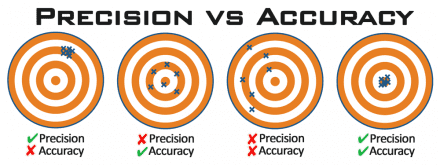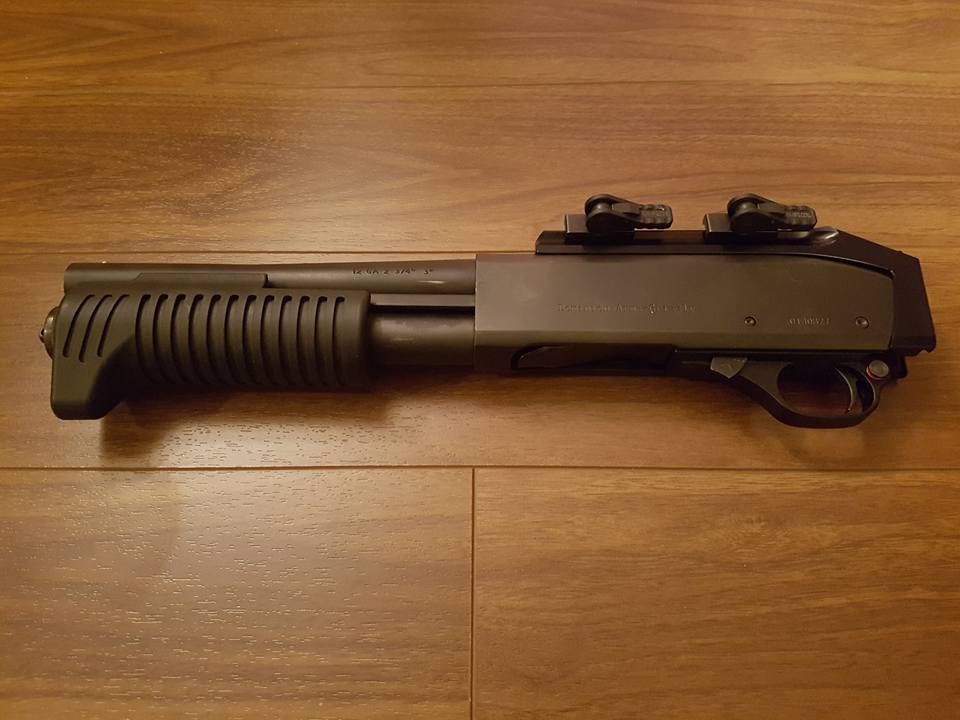A chassis is the rifle component that holds the barrel, action, trigger group, grip, buttstock and accessories. You could say its the frame. Similar to a vehicle. The frame of the vehicle is what the engine, all body panels, seats ad more are bolted to. If you have a weak frame, no matter how good your engine is, your vehicle is going to have serious problems!

It must be strong enough to hold all the rifle components and not flex or come into contact with any part of the barrel when rested on any surface. A great chassis should also be light enough that you can packing it around with you all day if needed. Have you ever heard the term “free floating barrel”? This simply refers to the firearm barrel and weather or not it can ever come in contact with the chassis. A free floating barrel is optimal. All of our XLR chassis’s feature free floating barrels. This is a must have for the precision shooter / hunter. If the barrel is not free floating, every time you touch the hand guards, you may actually be flexing the chassis a bit and causing it come into contact with your barrel. Contact between the barrel and anything else can change the barrel harmonics which can drastically change your bullets point of impact (POI) from your intended point of aim (POA).
From the moment that you pull the trigger and the firing pin strikes the primer, until the bullet leaves the muzzle, a series of vibrations begin in the rifle. All of these vibrations are transmitted to the barrel in various magnitudes. These include minor things as; the trigger sear releasing the firing pin, the firing pin moving forward, striking the primer, and the cartridge being moved forward. The powder then begins to ignite, and the bullet starts moving forward and engages the rifling.
Because of the twist of the rifling, the bullet while it is being propelled forward, begins to spin imparting a small but measurable torque, but more importantly as it traverses the barrel it also sets up a circular vibration pattern, or arc. The heat of the burning powder along with the pressure wave generated by the expanding gasses start another vibrational pattern that is induced into the barrel. All of these movements cause the barrel to stress and vibrate with a number of different harmonic patterns which if not controlled by some means cause each projectile to leave the muzzle at a slightly different point in the vibrational arc.
Some people speak about the “whip” of the barrel, which would imply to some, that the barrel simply vibrates up and down. Although there are some of the vibrations that are traveling in this direction, the main vibrations are circular. If this were not true, then a 3 shot group from a rifle would always be in a vertical string. This would be because, one would leave at the bottom of the “whipping action”, one would leave from the center and one from the upper travel of the “whip”. As we all know this seldom occurs, and if it does, it is usually caused by the barrel being under a heavy stress, such as way to much pressure exerted against it, caused by improper bedding of the barrel (not free floating).
Most 3 shot groups you will see will be virtually triangular in shape, this is caused because as the barrel vibrates through its “circular arc” one bullet leaves the muzzle at say 12 o’clock, another at say 4 o’clock and the third at maybe 8 o’clock. The larger the arc of the barrel, the less accurate the rifle will be, and the larger the triangle. As a rule the less mass a barrel has, (the thinner) the more it is affected by the vibrations, this is the reason that a “heavy” barrel seems to shoot more consistently than a sporter barrel.
Precision Vs Accuracy

The two biggest key factors of repeatability is accuracy and precision.
If you’re a professional pilot, but the plane won’t fly, you won’t have much luck doing your part of the process. The same goes for a firearm. Having a quality chassis, barrel and action, trigger group and optic are all crucial parts of building a solid rifle. Without that, no matter how much effort you put into learning how to shoot professionally, you simply won’t be able to achieve more than the firearm’s limit. You need each shot to land in the same place. Once a rifle is built properly, a new shooter should be able to fire the rifle and expect good results. This takes care of the precision part of shooting; Its the firearm itself.
Once the precision factor is addressed, the hardest part of shooting boils down to operator skill. Accuracy is a skill which is build on experience behind the trigger and learning to read your surrounds (wind, temperature, etc). Once that is mastered, you’ll be hitting the V bull time and time again. The ergonomics of the chassis will help you achieve accuracy. The more comfortable, and easy your rifle is to use, the better you’ll do with it. Period.
lockharttactical.com






















































































































